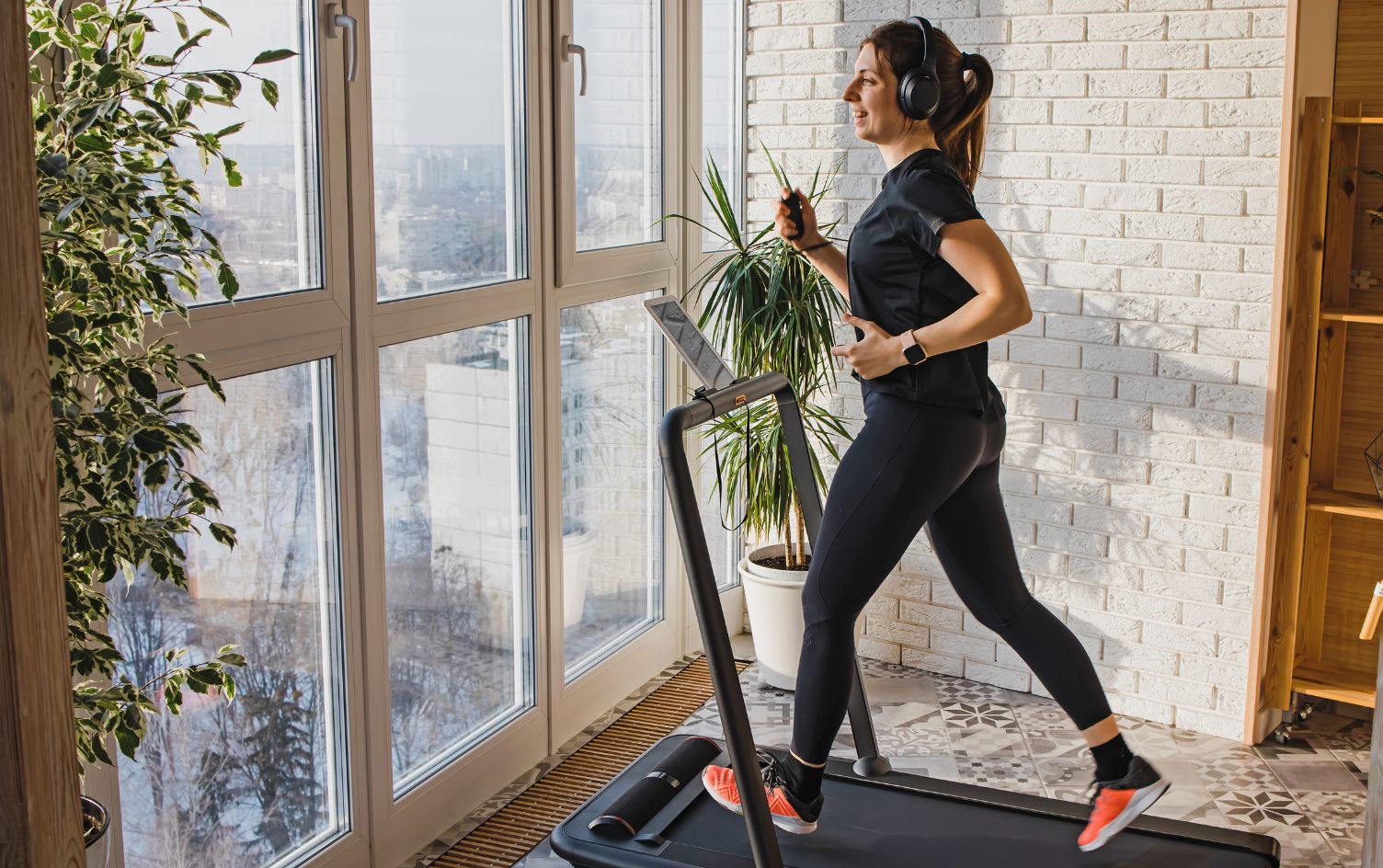It’s easy to assume that because it’s a more intense form of exercise, running is always better than walking. But experts disagree: On many occasions — whether you’re nursing an injury, in the middle of a trail run or fresh off of a flight — a simple stroll wins out over a short jog or a long, slow run.
Here, eight times fitness professionals suggest slowing your mileage down (and reaping more benefits because of it):
YOU’RE NEW TO EXERCISE
If you’re just starting to exercise, walking is usually more enjoyable than running, says Jacque Crockford, the exercise physiology content manager at the American Council on Exercise (ACE). Finding a form of movement you like is a key component of making a behavior change stick. The best news: You don’t need much time on the road to reap benefits. “Walking for 10 minutes here and there throughout the day may not only lead to a more productive work day, but could also lead to positive hormonal shifts, better sleep and a positive impact on blood sugar levels, setting into motion a chain of positive effects on the body and mind,” says Crockford.
YOU’RE INJURED
Running is a high-impact sport, which means every time you hit the ground, serious forces are transmitted through your entire body, explains Lauren Shroyer, ACE’s director of product development. “When a muscle or joint injury is healing causing running to be painful, walking may still be comfortable,” she says. Choosing the pain-free option helps your body complete the healing process, which means you’ll be back to higher speeds (and higher impacts) faster.
YOU’RE JET-LAGGED
“Injuries occur most frequently when people’s bodies or minds are tired,” says Shroyer, who adds that jet lag can be a common cause of this type of fatigue. That’s not to say you shouldn’t work out if you’re adapting to a new time of day (exercise can actually help give you a boost of much-needed energy). Rather, consider a long walk — and exposing your body to natural light for 30 minutes to an hour — instead of risking an intense jog where you might tweak something.
FOR ACTIVE RECOVERY
“If you exercise regularly, walking offers a means of cross-training,” explains John Nulty, a certified strength and conditioning specialist, clinical director of Professional Physical Therapy in West Islip, New York. On down days, walking can help you optimize performance while also minimizing the risk for overtraining-related injuries. If you get bored easily, change your surface (from pavement to sand or flat ground to hills) or speed, he suggests.
CONVENIENTLY UPPING YOUR STEP COUNT
Walking can be an easier way to up your step count because “it doesn’t always require a change of clothes or extra time for showering,” says Sabrena Jo, ACE’s director of science and research content. “You can easily fit in extra steps by walking your dog, getting out for a walking meeting with co-workers, or simply strolling around your neighborhood whenever the mood strikes.”
RECOVERY IN BETWEEN SPRINT INTERVALS
Whether you’re in a treadmill studio class or doing track work on your own, consider walking instead of jogging in between hard efforts, suggests Julian Ho, a Toronto-based fitness coach. It comes down to a work-to-rest ratio, he explains. “In order to yield consistently effective outputs from a system, rest and recovery input interval must be applied in balance.” Walking — versus jogging slowly — better downregulates your nervous system, he explains, which helps your cardiorespiratory system recover, priming your body for the inevitable sprints to come.
WHEN GOING UPHILL DURING A TRAIL RUN
“Pacing your power output during a trail run enables a more strategic approach to energy expenditure,” explains Ho. In short, walking uphill during a trail run helps you preserve energy for when you truly need it (which will likely be later on). Walking up hills mitigates force impact, decreases the stress on your joints and delays fatigue, he says.
IF YOU WANT TO ZEN OUT
You’ve likely heard of forest bathing or know firsthand just how calming a walk through nature can be. “Walking meditation is an effective activity for the mind-body connection,” says Ho. “More speed when running requires more neuromuscular stimulation and therefore more stress on the entire system.” Since walking is easier than running, it allows for more time, space and attention toward the present moment and peacefulness, he explains.




